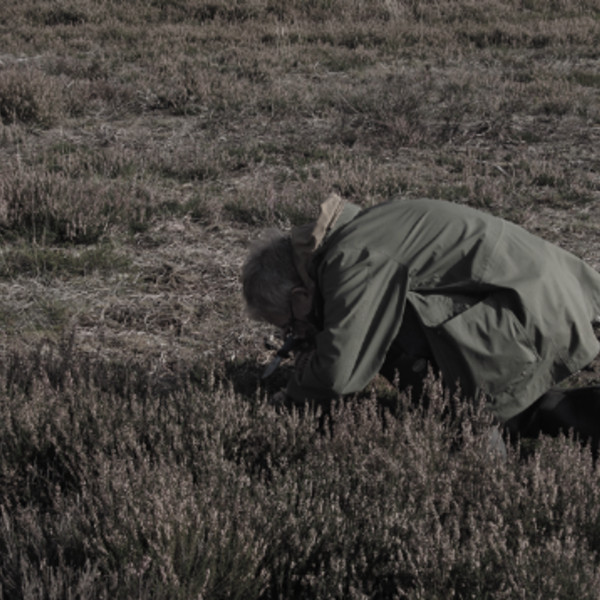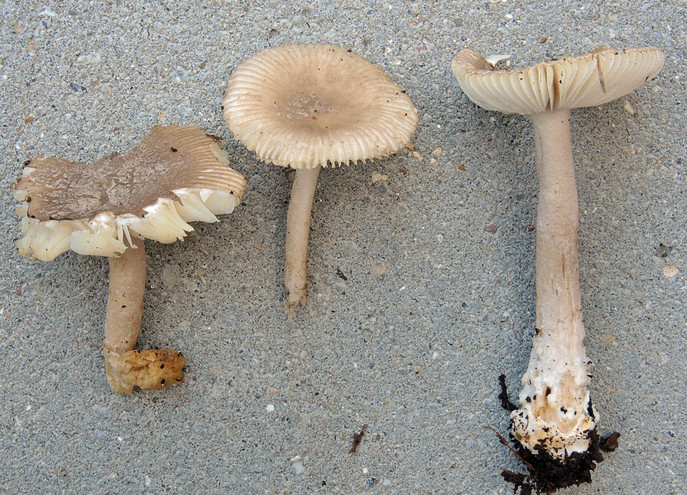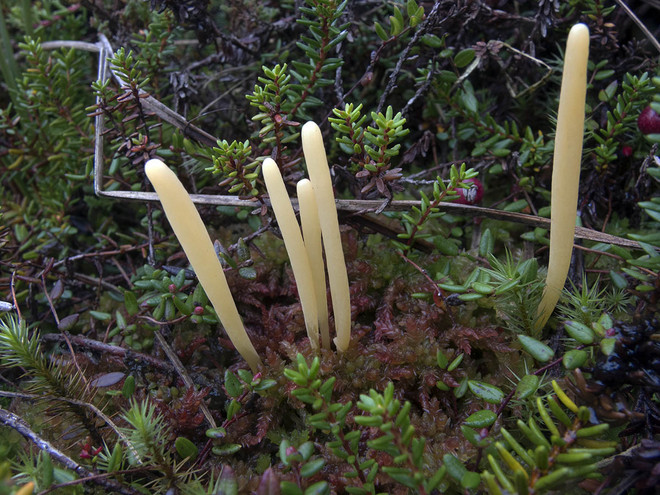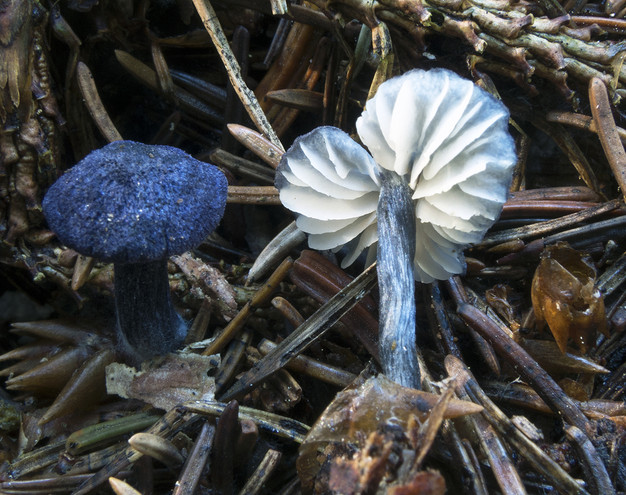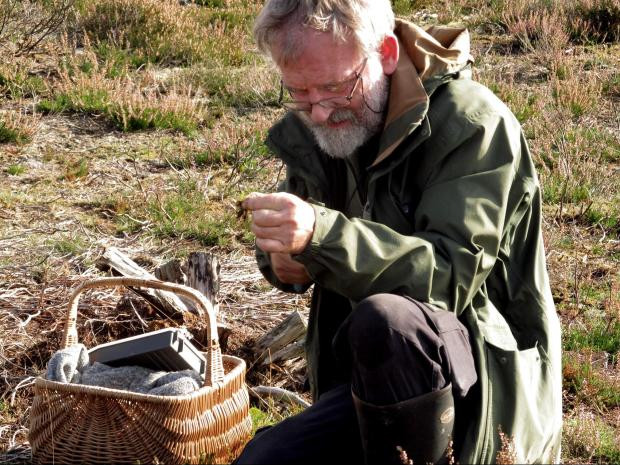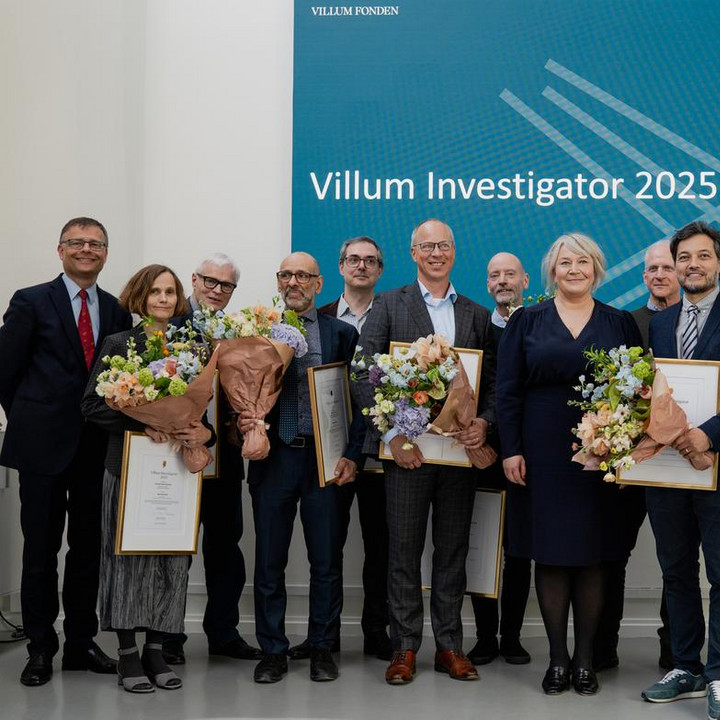100 new species of fungi discovered in Denmark
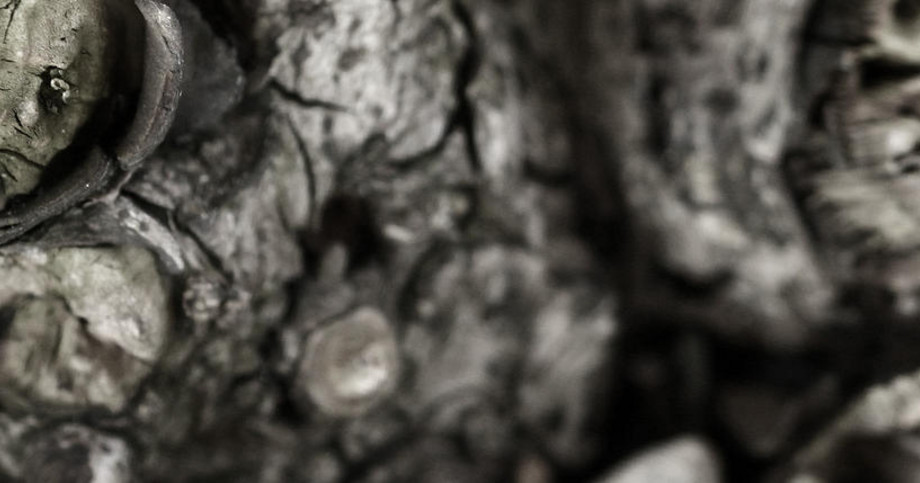
Biologists are busy exploring 130 locations in Denmark, where they observe and determine the species of everything that can grow, fly and crawl. Among their results is the discovery of a quite sensational number of new species of fungi in the Danish countryside.
RASMUS RØRBÆK CHRISTENSEN, Aarhus University
”When you consider that we have only examined a tiny fraction of the total area of Denmark - less than 50 football fields - is this quite a sensation".
Senior researcher Rasmus Ejrnæs from Aarhus University.
Researchers at Aarhus University and the University of Copenhagen have been working since 2014 with the major Danish natural history museums exploring 130 locations distributed around the Danish countryside. They have studied the living conditions, observed and determined the species of everything growing, crawling and flying around. This has been part of the Biowide project – Biodiversity in Width and Depth, supported by VILLUM FONDEN.
The results of the studies in 2014 and 2015 are now available including the 100 species of fungi not previously known in Denmark. Researchers are familiar with most of the new species from other parts of the world however; a few of the new species are also unknown to science.
Denmark has a long tradition of exploring fungi at a high level, so when 100 new species are discovered, it is not least due to the fact that many of the fungi live hidden most of the year. Some of the new species of fungi are inconspicuous small dots or a whitish coating on decayed logs or on other fungi.
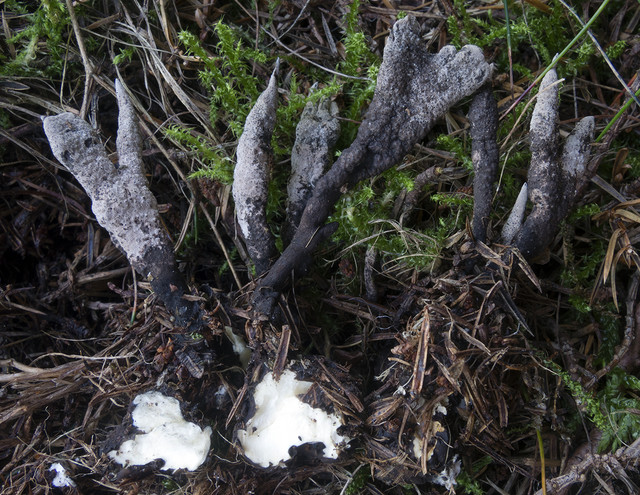
A ghost type of fungi was discovered
One of the world's leading fungi experts, Associate Professor Thomas Læssøe from Copenhagen University has spearheaded the exploration of the fungi alongside volunteer assistants who also contributed with good findings.
"The results show that there is a difference in searching in well-known locations in search of large, spectacular fungi, and in searching with the Biowide method, where we climbed everywhere to find as much as possible. Thus making the extra effort, also in connection to finding the right name", says Thomas Læssøe, who is also surprised by the many new species.
He is particularly happy about amateur Jesper Moeslund´s findings of Bulbosa Candelsnuff. This fungus was found under a juniper bush in Biowide´s sample plot at Helligkilde in Mols Bjerge National Park:
"Xylaria bulbosa is not a new species, more a ghost type of fungi, for it has only been found once before in Denmark in 1864 and has not been reported from anywhere in the world since about 1870. I rummaged with this genus in my younger days, and therefore it was a great experience for me to see it in reality. I recognized it at first sight – that is how it is for us with species we have dreamed of seeing in reality. "
"To date, there has been more than 16,000 sightings of over 2,000 different species of fungi. The many findings, and not least the many new species is very promising for the future of our work", says Rasmus Ejrnæs.
"It's crazy of course to find so many new species. As a biologist and researcher, I look forward to begin the analysis that will make us wiser on how the living conditions on the locations determine the diversity and distribution of both the common and rare species of fungi".
Read more about the project Biowide (Biodiversity in Width and Depth)
